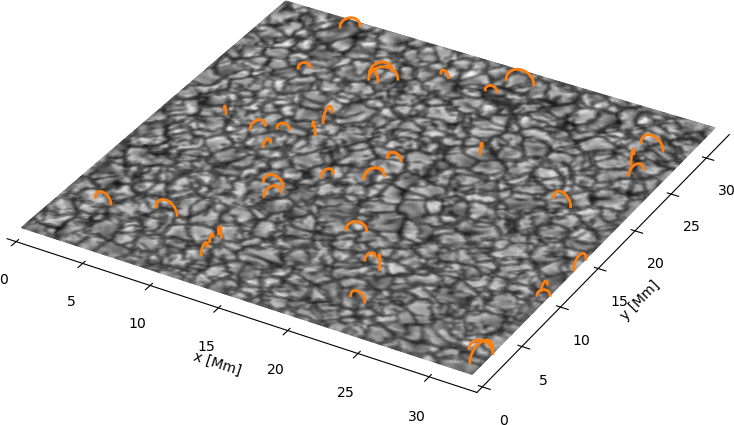Dr. Marian Martinez González, from Instituto de Astrofísica de Canarias (Spain), writes on the small-scale magnetism of the solar surface.

If you take a look at the solar surface, sunspots will quickly grab your attention. They are the most spectacular manifestations of the Sun’s magnetic field, disrupting the convection that transports the interior’s heat, thus cooling the surface by thousands of degrees, giving sunspots their darker appearance. But what you can not see by naked eye is the small-scale, weak magnetism that permeates the whole solar surface. Though its origin and precise properties can only be unveiled by the unique capabilities of the future European Solar Telescope, it is known that these little magnetic dipoles have an impact on the global energetics of the Sun. They are two orders of magnitude smaller than active regions and have fields one order of magnitude weaker than sunspots, but pervade most of the solar surface, all the time.
The video shows observations of a quiet region with the IMaX instrument onboard the SUNRISE balloon telescope. Reconstruction of the field lines of 250 small dipoles detected during 30 min of observations.
